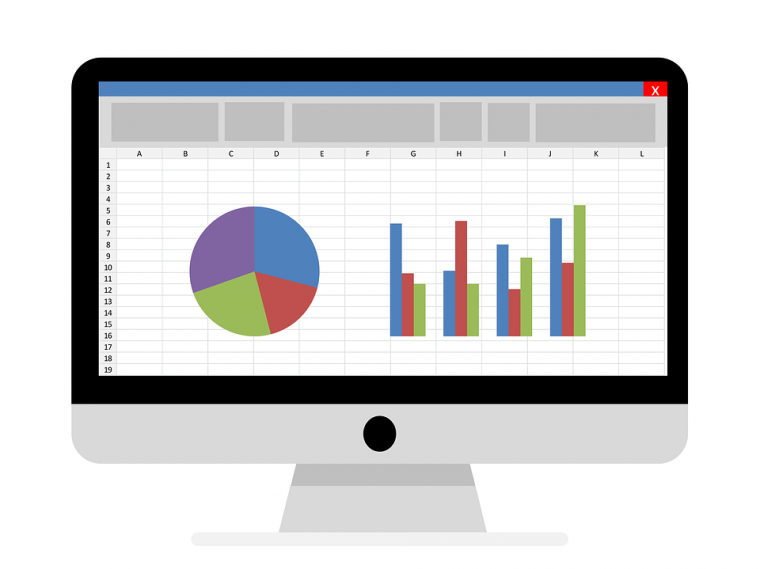
As a financial business consultant, one of my primary responsibilities to clients is to create timely, accurate financial statements and quality performance metrics. As the treasurer of several organizations, I also lead reviews of monthly financial statements. Annually, we review the year-end CPA financial statements at the annual meetings.
I like to start off these presentations by explaining the three basic generally accepted accounting principles (GAAP) financial statements. As a business owner, it is so important to understand each specific financial statement and how they relate to each other. The financials tell a story of the entity’s financial performance.
I often get the “I’m not an accountant” or “I’m not a numbers person” feedback (excuse?) when I make these presentations. However, to me, if you can add, subtract, multiply and divide, you know enough about numbers to fully understand what the financial statements are telling you.
The three basic GAAP financial statements are the balance sheet, the income statement (or profit and loss — P&L), and the cash flow statement. They all show different information, but each financial statement is connected to the others.
The balance sheet show assets, liabilities, and equity of the company, organization, or medical practice. It is for the specific day – a snapshot at that day. It shows what you own and what you owe with each category listed in liquidity order in three sections: Assets, liabilities, and equity.
For the asset section, the balance sheet shows cash, accounts receivable, inventory and fixed assets — in that order. Cash is cash. Accounts receivable will become cash soon, inventory will become A/R then cash. Fixed assets can become cash if necessary in a liquidation.
The income statement is the financial statement most business owners understand. It presents sales, cost of sales, expenses, and net income for a period of time – a month, a quarter, or a year.
The statement of cash flow ostensibly shows the sources and uses of cash from operating, investing, and financing activities.
The way to understand the what these financial statements are telling us can sometimes be confusing. It helps to ask questions such as:
- How we are doing?
- Has our output improved?
- Are we moving in the right directions?
- What improvements do we need to make to do better?
Use basic techniques to understand the financial performance by comparing actual results last year’s results and to your business plan – looking at vertical and horizontal ratio comparisons. I like to do this monthly, quarterly, and annually.
I compare the overall income statement results to the prior years (periods) and compare to the business plan. I look at sales, gross margin, significant expense categories like salary expense and supplies. How are we doing compared to last year and how are we doing compared to our budget and business plan? I look at simple ratios to measure output – gross margin to sales, payroll to sales, interest to sales. I also like to use trailing twelve months (TTM) of income statement data to mitigate potential timing and seasonal fluctuations.
I compare the balance sheet to the prior period and to the business plan. Why are the significant assets and liabilities significantly different than those of last year? I calculate some turnover ratios and leverage ratios. I look at days sales outstanding, inventory turnover, accounts payable days, etc. Again, why are these better/worse than last year and how are they relating to our business plan?
I look at the statement of cash flow for large sources or uses of cash. Do these sources and uses make sense versus our increase in output? What improvements are necessary to improve cash flow?
These questions and processes may seem complicated or even boring to those not interested in numbers. But if you own or run a business, you HAVE to be interested in the numbers, at least to some degree. You don’t have to be the CFO, but you should have some understanding of how financial statements work and the health of your business. If this or any of my content hits home, please contact me for a free 15-minute strategy session.
